
genusvipera Vipera berus
Giovanni Paolino h Add to Mendeley https://doi.org/10.1016/j.tox.2021.152724 Get rights and content Abstract Snakebites in Europe are mostly due to bites from Viperidae species of the genus Vipera. This represents a neglected public health hazard with poorly defined incidence, morbidity and mortality.

vipera berus JuzaPhoto
The adder Vipera berus is the most widely distributed viper in Europe and is known to cause more snakebite accidents than any other species of the genus Vipera (Chippaux, 2012; Reading, 1996). Because of the medical relevance of this species (WHO, 2010b), both the composition and the effects of V. berus venom have been thoroughly studied.

Vipera berus ssp. berus, maschio, 1500m JuzaPhoto
P [ elias berus ]. Var. niger - Cope, 1860. Common names: common European adder, [2] common European viper, [3] European viper, [4] more . Vipera berus is a venomous viper species that is extremely widespread and can be found throughout most of Western Europe and Great Britain and all the way to Far East Asia. [1]

Vipera berus photo Reptarium
Legend: Vipera berus berus populations are marked by grey shading, V. b. bosniensis by black shading. On admission, the patient was fully conscious. He had two attacks of profuse diarrhoea and one episode of mild nausea. Examination revealed tense, tender swelling involving the whole hand and wrist. Erythema was mild and local haemorrhage was.

Vipera berus berus Muntii Fagaras Marius Iancu
The Vipera berus (Linnaeus, 1758), is a snake belonging to the family of the viperids ( Viperidae ), known in Italy as Marasso or Marasso palustre. This name, of Celtic origin, should come from that of a weapon and precisely from the contraction of "madarasso", of the Latin "mataris", the javelot used against the Romans by the ancient Gauls.
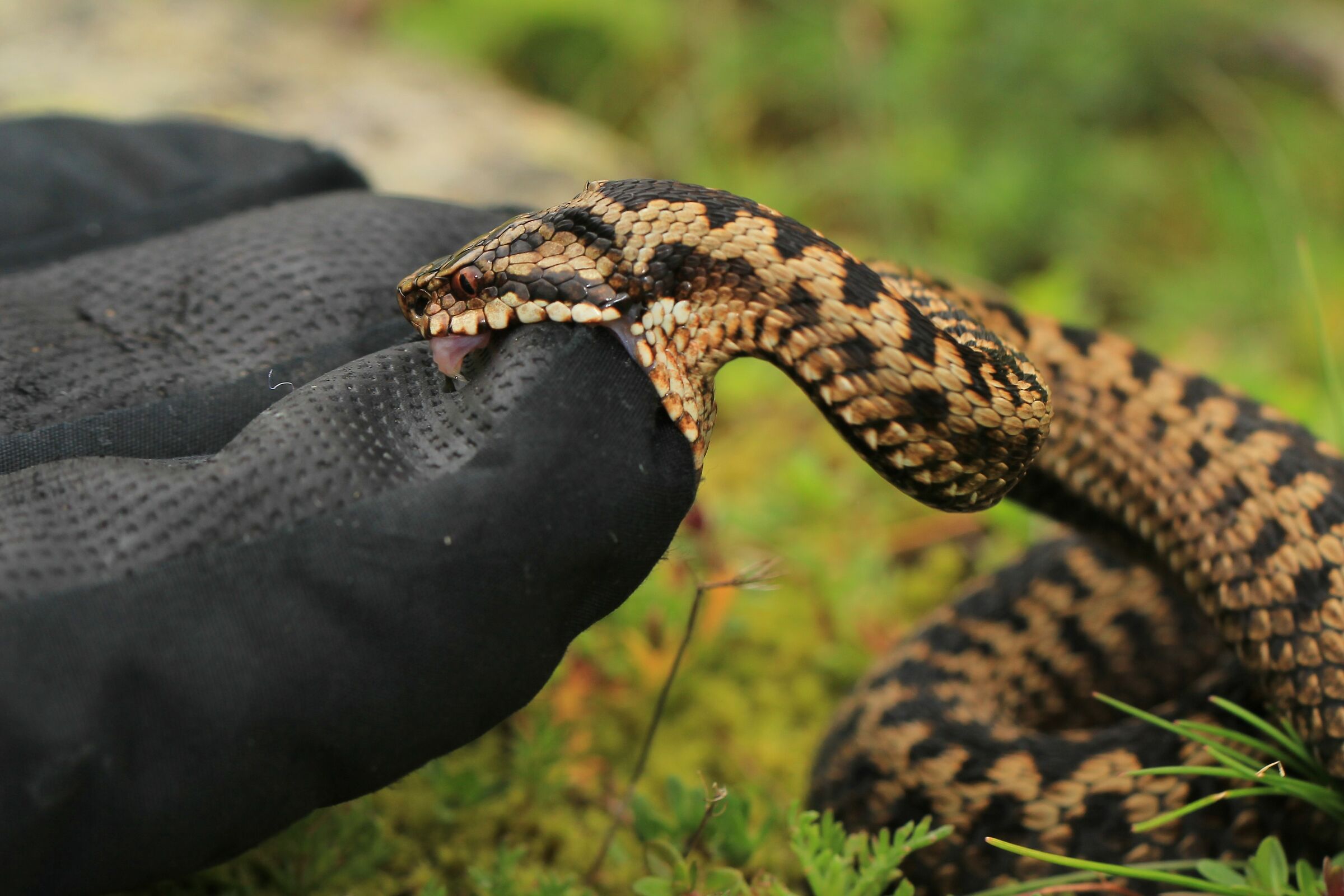
Vipera berus berus, femmina, 1650m JuzaPhoto
Vipera berus berus (Russia) Total Venom Proteins (µg) RP-HPLC Fraction 100 300 600 900 1200 1500 Toxins in RP-HPLC fraction . 1, 2, 5 µg TOTAL 6.68 20.04 40.08 60.12 80.16 100.2 BPP + KUN .
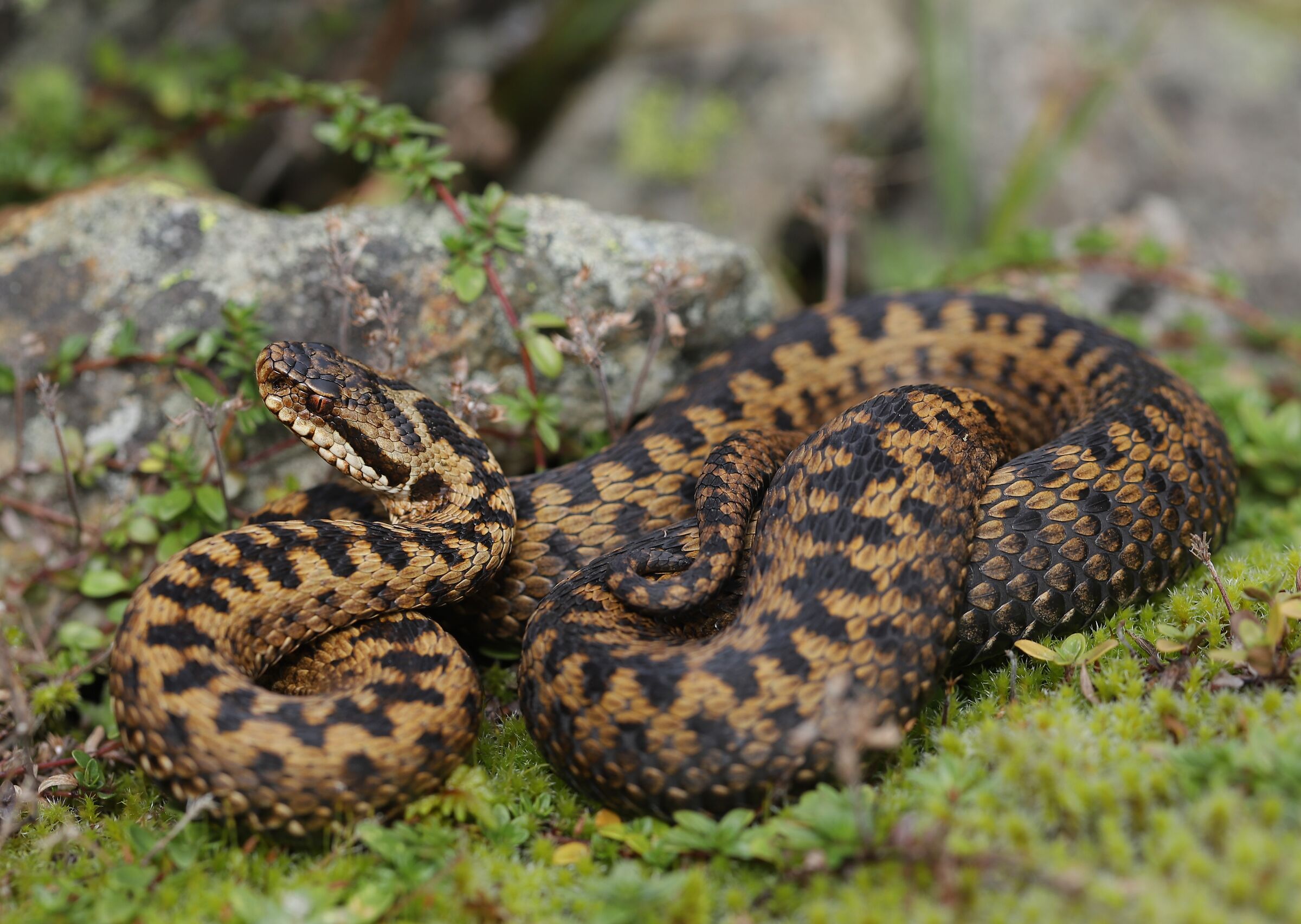
Vipera berus ssp. berus, femmina JuzaPhoto
Vipera berus berus or common European adder is found in Europe and Asia in the areas of wetlands, peat bogs and forests, where they can find sunny slopes and glades. Depending on the area in which an individual resides, coloration varies from gray, blue-gray, brown, green-brown, red-brown to black.

Vipera berus berus Naturfotograf Roger Vikstrom
The European common adder, or European viper ( V. berus ), a serpent often mentioned in works of literature, is a stout-bodied snake that is widely distributed across Europe and Asia. It even ranges north of the Arctic Circle in Norway. It grows to a maximum length of approximately 85 cm (33… Read More In viper

Vipera berus by Sapphiresenthiss on DeviantArt
The common European adder, Vipera berus berus, is a medically relevant species, which is widely distributed in Russia and thus, is responsible for most snakebite accidents in Russia. We have investigated the toxic and enzymatic activities and have determined the proteomic composition of its venom. Phospholipases A2 (PLA2, 25.3% of the venom proteome), serine proteinases (SVSP, 16.2%.
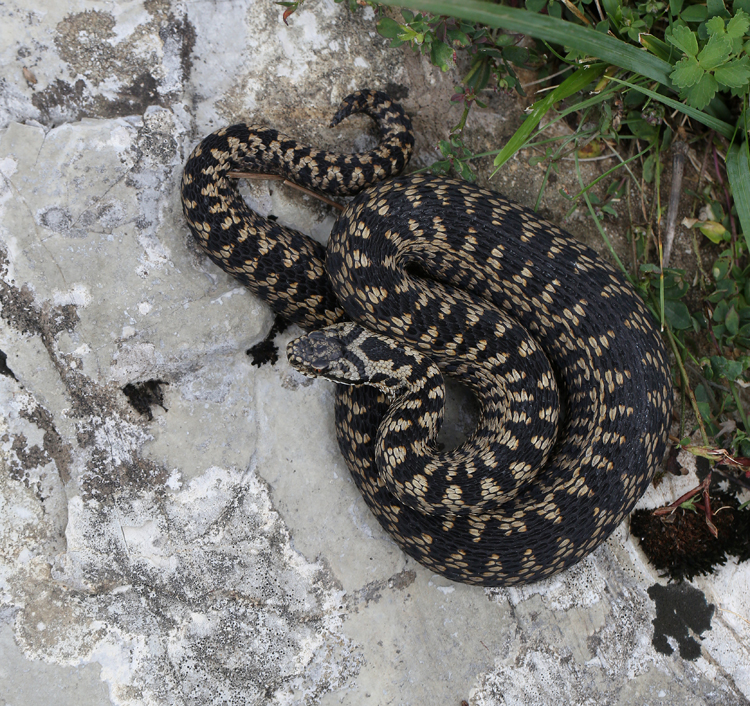
genusvipera Vipera berus
The common European adder, Vipera berus berus, is a medically relevant species, which is widely distributed in Russia and thus, is responsible for most snakebite accidents in Russia. We have investigated the toxic and enzymatic activities and have determined the proteomic composition of its venom.
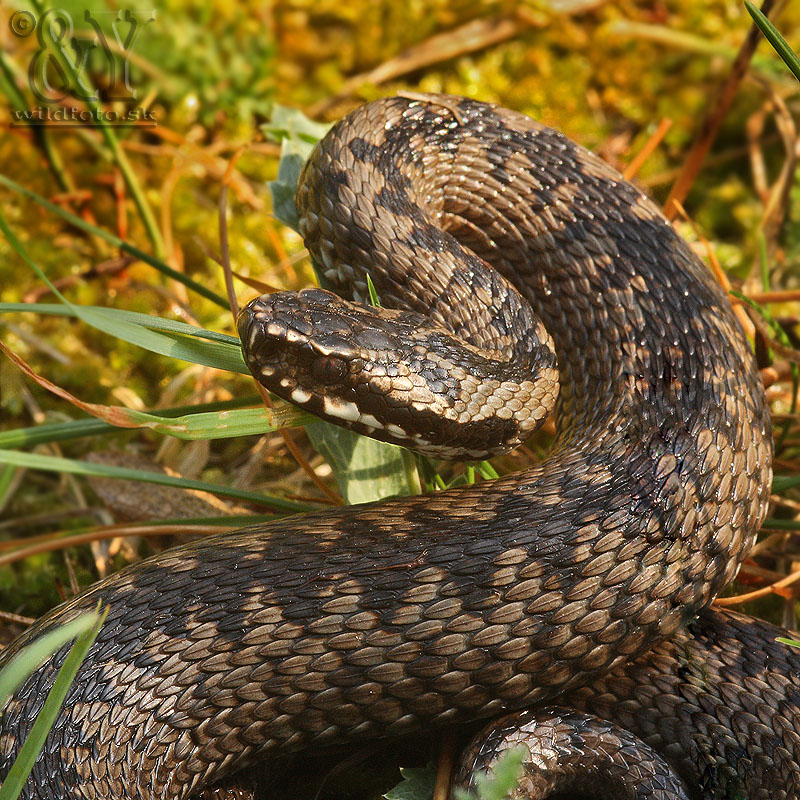
Vipera berus The Reptile Database
Biology: Vipera berus berus is a reptile, amphibian and mammal feeder. Neonates feed on small frogs, juvenile lizards and potentially insects. Adults feed on larger lizards and frogs as well as mice and voles. Males emerge from hibernation in late February, and aggregate around the hibernaculum. Females emerge slightly later.
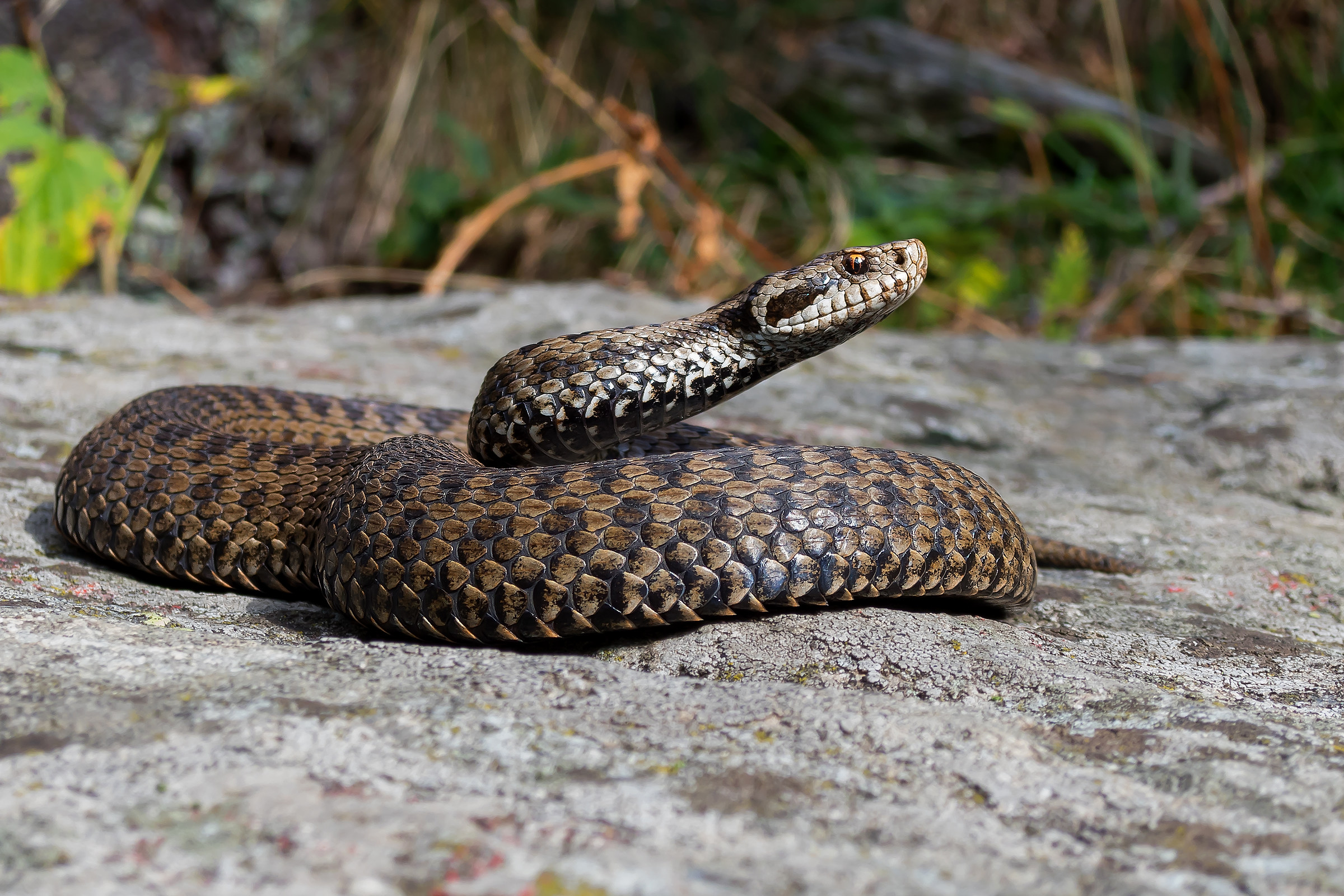
Vipera berus JuzaPhoto
native Habitat Adders can live in woodlands, moorlands, heathlands, and wetlands. Open, sunny glades and/or slopes suitable for sunning are important components of preferred habitats. It is also crucial that there is relatively dense ground cover available for adders to find shelter.

Vipera berus Reptiles World
Vipera berus, the common European adder or common European viper, is a venomous snake that is extremely widespread and can be found throughout most of Western Europe and as far as East Asia. Known by a host of common names including common adder and common viper, adders have been the subject of much folklore in Britain and other European countries.
TrogTrogBlog Vipera berus
European adders ( Vipera berus) are found inside the Arctic Circle but no other venomous species occurs in cold regions such as the Arctic, Antarctic and north of about latitude 51°N in North America (Newfoundland, Nova Scotia).
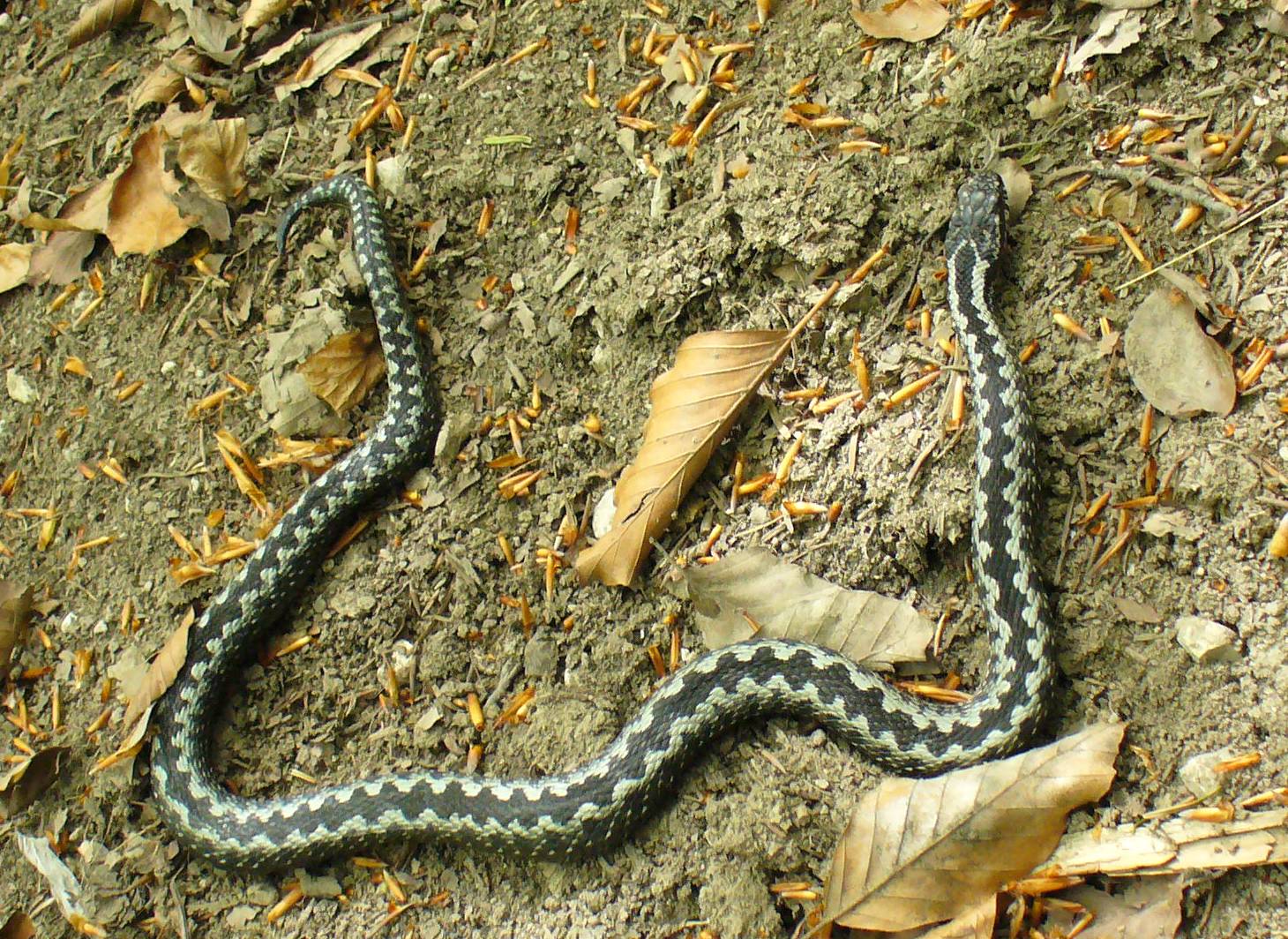
Vipera berus snake High Definition WallpapersCool Nature Wallpapers
1. Introduction. The common adder (V. berus), the most widespread of all Vipera species, causes many cases of human snake-bite envenoming in Northern and Central Europe.It is represented by the nominate subspecies (V. b. berus) in most parts of the continent (Ursenbacher et al., 2006).Vipera b. berus is the only indigenous viper in the United Kingdom, Scandinavian countries, Netherlands.

genusvipera Vipera berus
The variable venom composition, toxicological and immunological properties of the common vipers ( Vipera berus berus) have been reviewed. The combination of venom gland transcriptomics, bottom-up and top-down proteomics enabled comparison of common viper venom proteomes from multiple individuals. V.